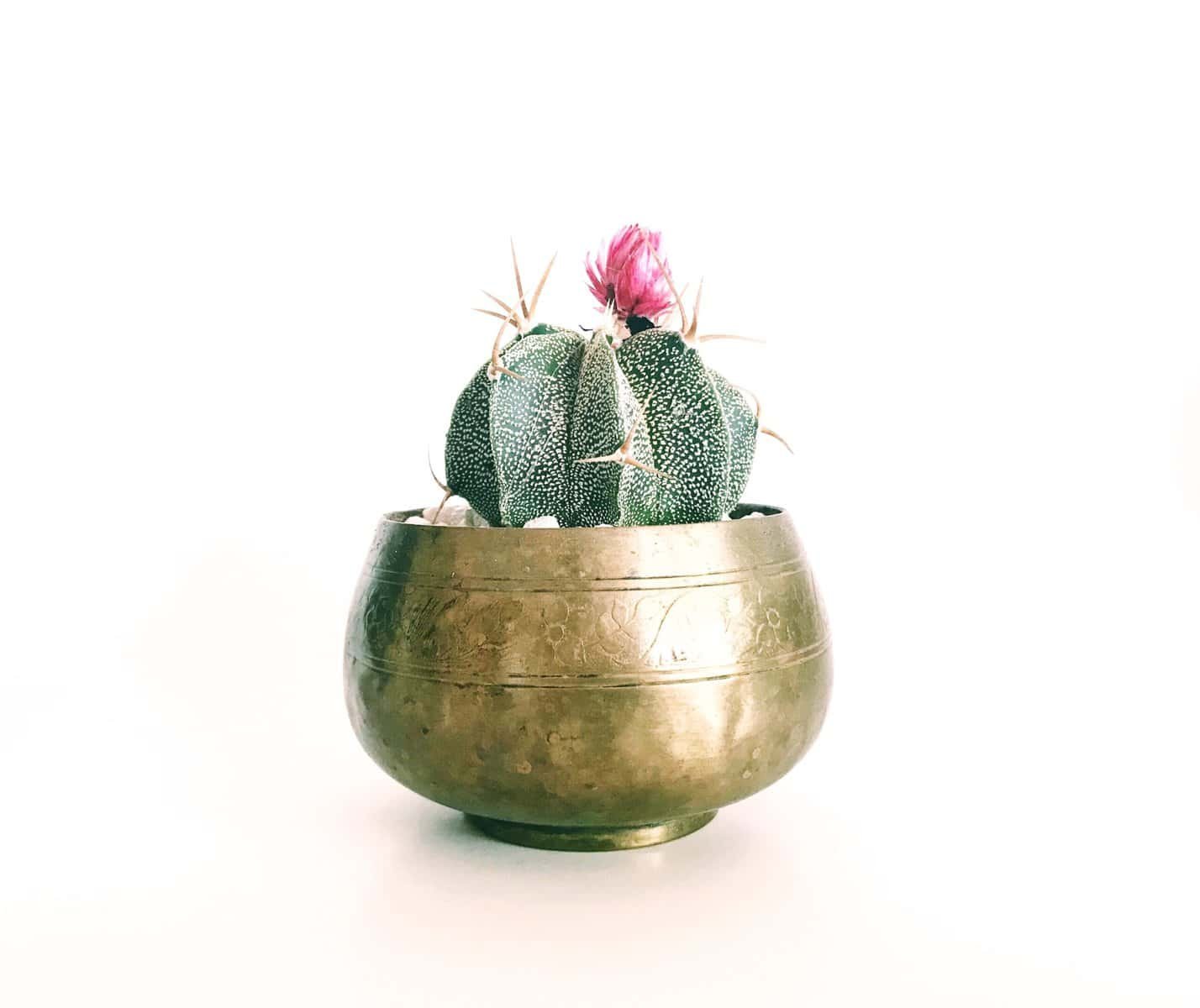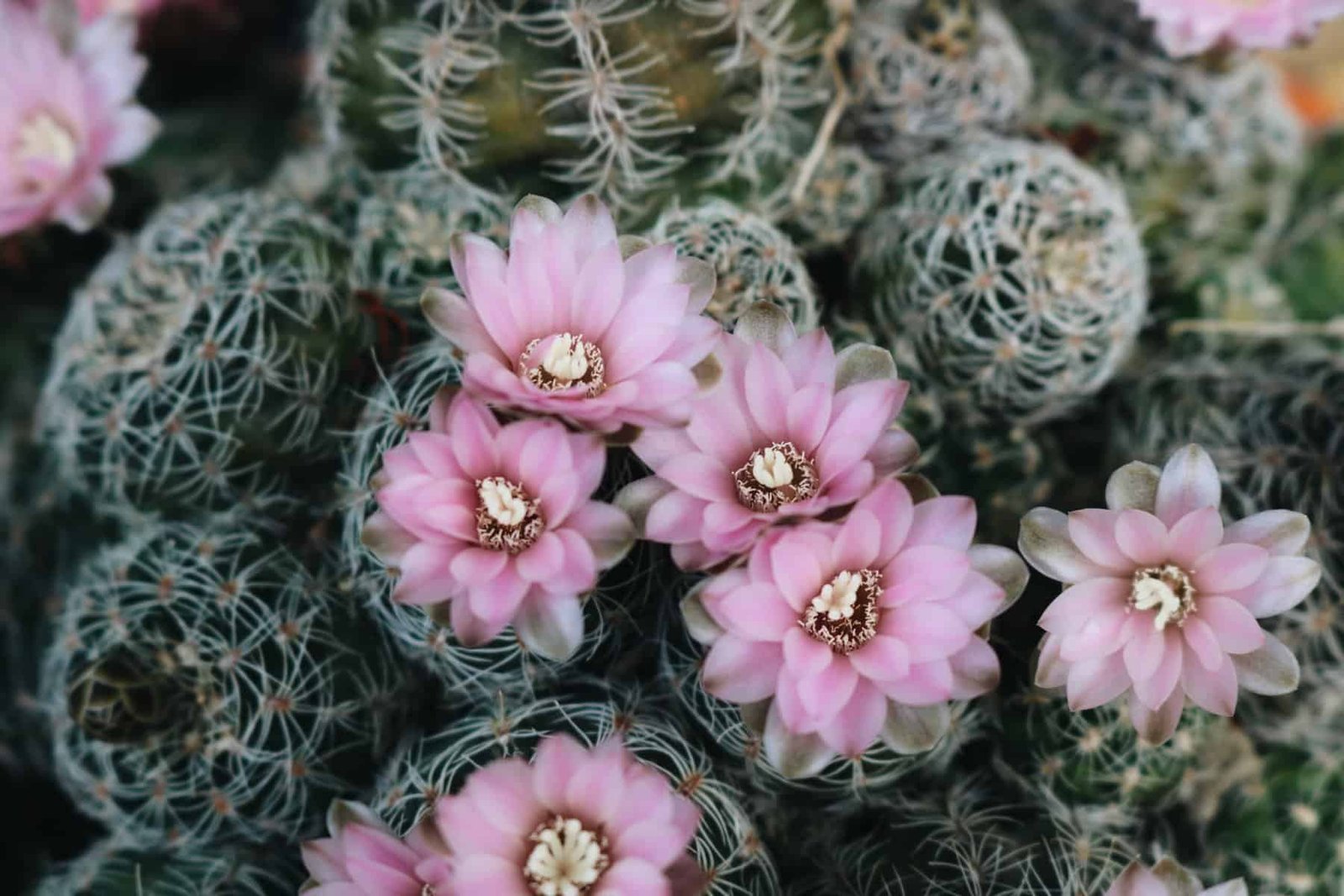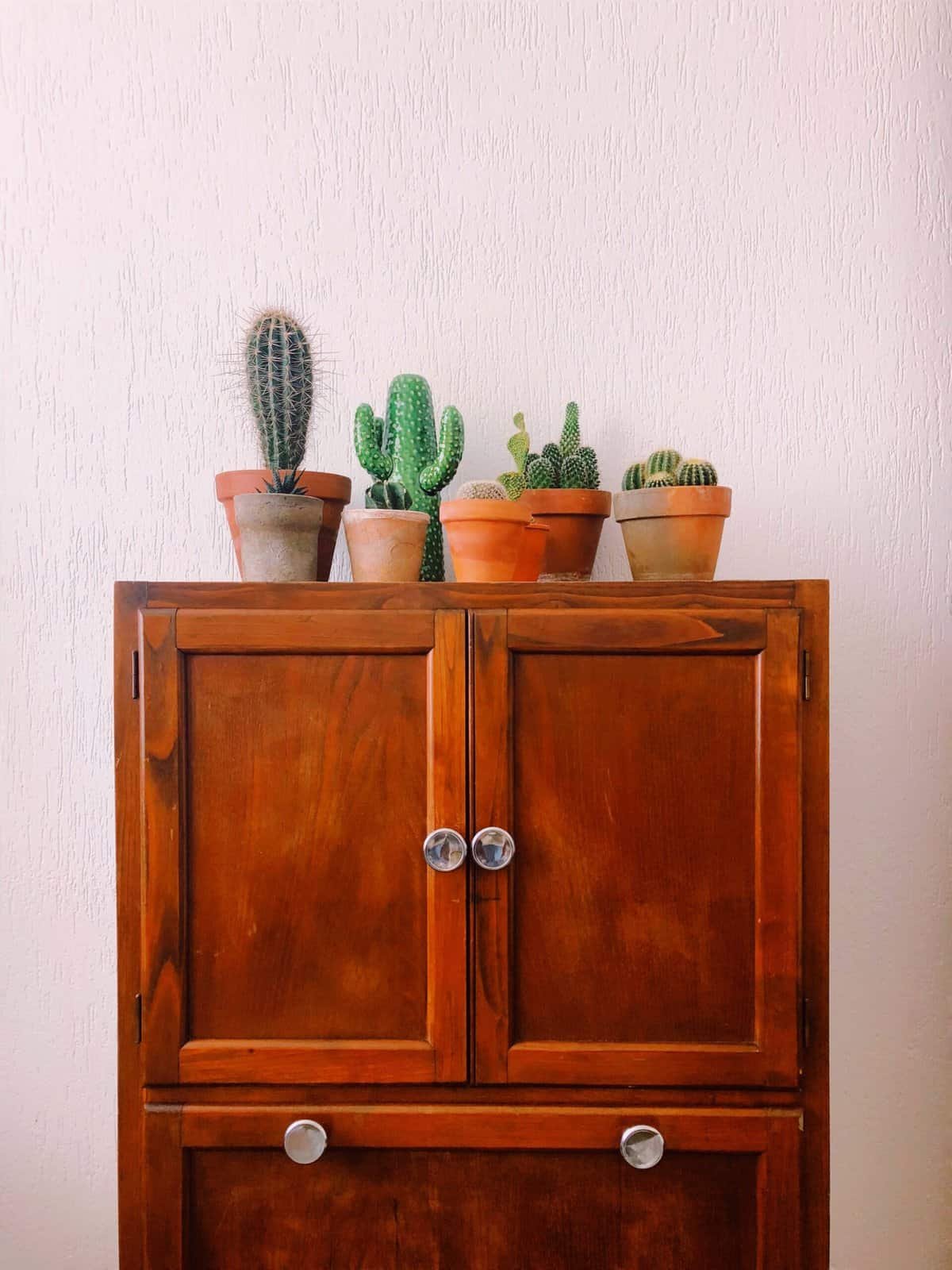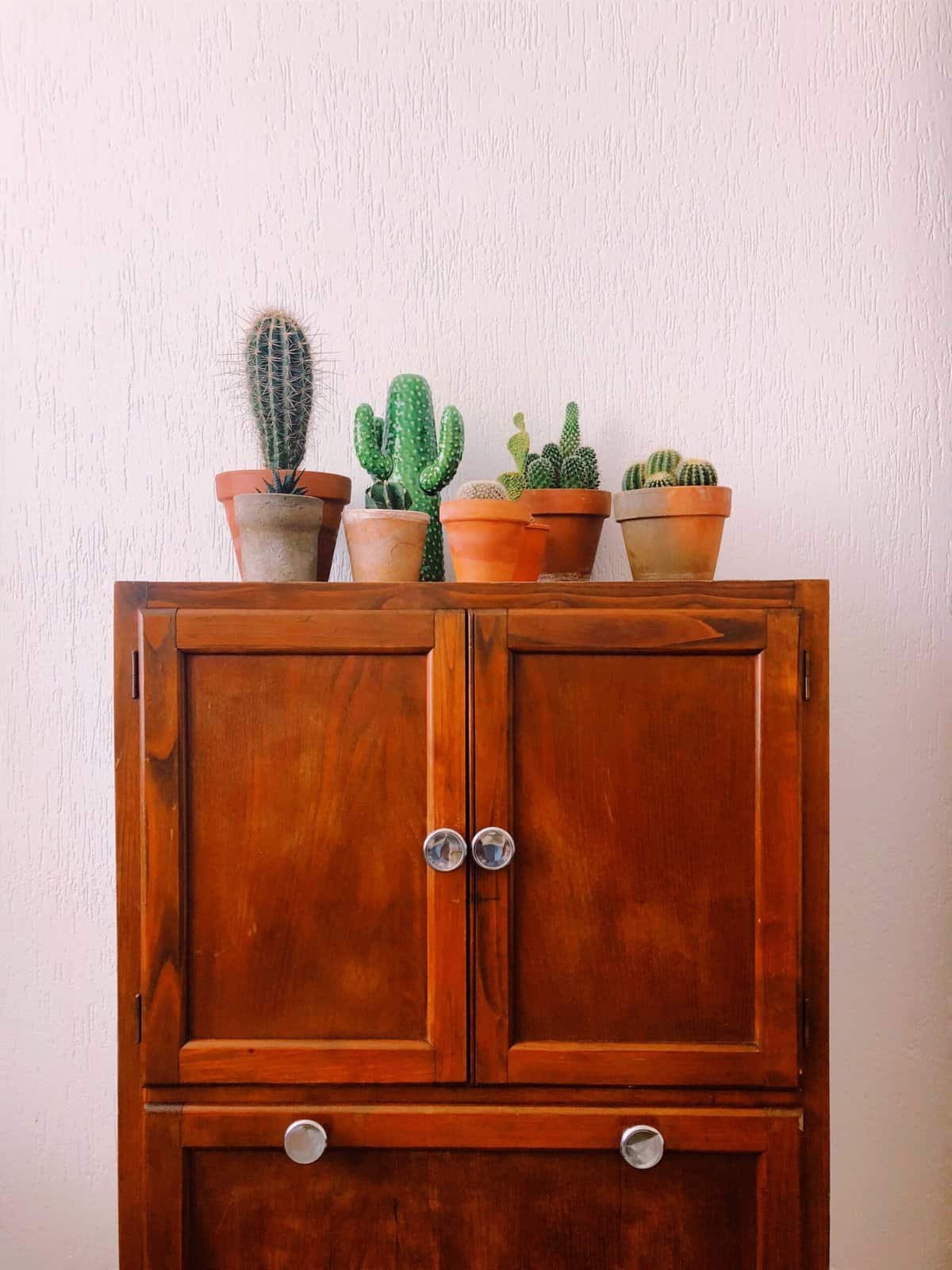If you’re a fan of exploring new flavors and experimenting with unique ingredients in your culinary adventures, then you might be curious about the possibilities of pickling or fermenting nopal. Nopal, also known as prickly pear cactus, is a versatile plant that has long been a staple in Mexican cuisine. Its vibrant green pads, packed with nutrients, offer a delectable taste and a satisfying crunch. But the question remains: can nopal be transformed through the pickling or fermentation process to create even more tantalizing recipes? Let’s discover the answer together!
Introduction
What is Nopal?
Nopal, also known as prickly pear cactus, is a versatile and nutritious plant that has been a staple in Mexican cuisine for centuries. It is characterized by its flat, paddle-shaped leaves, and it is commonly found in the arid regions of Mexico and the southwestern United States. Nopal is not only delicious but also packed with various essential nutrients, making it a valuable addition to a balanced diet.
Benefits of Pickling and Fermenting
Pickling and fermenting are traditional methods of food preservation that have been used for centuries in various cultures around the world. These techniques not only enhance the flavor and texture of foods but also offer several health benefits. By pickling or fermenting nopal, you can extend its shelf life while creating unique and delicious dishes.
Purpose of the Article
The purpose of this article is to explore the process of pickling and fermenting nopal, as well as the benefits and cultural significance of these practices. Whether you’re a culinary enthusiast looking to experiment with new flavors or someone interested in preserving cultural traditions, this article will provide you with everything you need to know about pickling and fermenting nopal.
Nopal Pickling
Traditional Nopal Pickling Process
Pickling nopal is a traditional method of preserving this versatile ingredient. The process typically involves submerging the nopales in a brine solution made of vinegar, salt, and spices to enhance their flavor and extend their shelf life. This method of preservation has been passed down through generations and is still widely practiced today.
Ingredients for Nopal Pickling
To pickle nopales, you will need the following ingredients:
- Fresh nopales
- Vinegar (such as apple cider vinegar or white vinegar)
- Water
- Salt
- Spices (such as garlic, peppercorns, and bay leaves)
Preparing Nopales for Pickling
Before pickling nopales, it is essential to properly clean and prepare them. Start by removing the spines and thorns using a sharp knife or vegetable peeler. Next, rinse the nopales under cold water to remove any dirt or debris. Once cleaned, cut the nopales into desired shapes, such as strips or cubes, according to your preference.
Pickling Brine Recipes
Here are a few simple pickling brine recipes to get you started:
Basic Pickling Brine:
- 2 cups vinegar
- 2 cups water
- 2 tablespoons salt
Spicy Pickling Brine:
- 2 cups vinegar
- 2 cups water
- 2 tablespoons salt
- 2 cloves of garlic, minced
- 1 teaspoon red pepper flakes
Sweet and Tangy Pickling Brine:
- 2 cups vinegar
- 2 cups water
- 2 tablespoons salt
- 1/4 cup honey
- 2 teaspoons mustard seeds
Feel free to adjust the proportions of the ingredients according to your taste preferences.
Steps to Pickle Nopales
- In a large pot, combine the vinegar, water, and salt, and bring the mixture to a boil.
- Add any desired spices or flavorings to the brine, such as garlic cloves or peppercorns.
- Carefully add the prepared nopales to the boiling brine mixture and reduce the heat to a simmer.
- Allow the nopales to simmer in the brine for about 10-15 minutes or until they become tender.
- Once cooked, remove the pot from heat and let the nopales cool in the brine.
- Transfer the pickled nopales along with the brine into sterilized jars, ensuring that the nopales are fully submerged.
- Seal the jars tightly and refrigerate them for at least 24 hours before consuming. The pickled nopales will continue to develop flavor over time.
Tips for Pickling Nopales
- Select fresh and firm nopales for the best results.
- Properly sterilize jars and utensils to ensure food safety.
- Experiment with different spices and flavorings to create unique pickled nopal recipes.
- Allow pickled nopales to sit for at least 24 hours before consuming to fully develop flavors.
- Store pickled nopales in the refrigerator to prolong their shelf life.

Nopal Fermentation
Benefits of Fermenting Nopales
Fermenting nopales not only imparts a unique tangy flavor but also offers several health benefits. During the fermentation process, beneficial bacteria break down the complex carbohydrates in nopal, making it easier to digest and unlocking its nutritional potential. Fermented nopales are also rich in probiotics, which promote a healthy gut and boost the immune system.
Ingredients for Nopal Fermentation
To ferment nopales, you will need the following ingredients:
- Fresh nopales
- Salt
- Spices (such as cumin, coriander, or chili powder) (optional)
Preparing Nopales for Fermentation
Preparing nopales for fermentation follows a similar process to pickling. Start by cleaning the nopales, removing the spines and thorns, and rinsing them thoroughly under cold water. Cut the nopales into smaller pieces or leave them whole, depending on your preference.
Fermentation Methods and Techniques
There are several methods and techniques for fermenting nopales. Here are two commonly used methods:
Natural Fermentation: Place the cleaned and cut nopales in a fermentation vessel, such as a glass jar or crock. Sprinkle the nopales with salt, ensuring they are evenly coated. Cover the vessel with a lid or cloth and allow it to ferment at room temperature for approximately one week or until desired taste is achieved.
Lacto-Fermentation: This method involves using a saltwater brine to ferment the nopales and promote the growth of beneficial bacteria. Create a brine solution by dissolving salt in water, ensuring that the solution is salty enough to taste. Add the nopales to a glass jar and pour the brine over them, making sure they are fully submerged. Place a weight, such as a fermentation weight or a small plate, on top of the nopales to keep them submerged. Cover the jar with a lid or cloth, and let it ferment at room temperature for about one to two weeks.
Ensuring Successful Fermentation
To ensure successful fermentation, it’s crucial to follow these tips:
- Use high-quality and fresh nopales for optimal fermentation results.
- Maintain proper hygiene by thoroughly cleaning all utensils and fermentation vessels to prevent the growth of harmful bacteria.
- Monitor the fermentation process by observing any changes in color or smell. If you notice any signs of mold or unpleasant odors, discard the batch.
Length of Fermentation
The length of fermentation can vary depending on personal preference and the desired flavor. Fermentation times can range from a few days to several weeks. It’s recommended to taste the fermented nopales periodically to determine the desired level of tanginess and texture. Once the desired flavor is achieved, transfer the fermented nopales to the refrigerator to slow down the fermentation process.
Creative Ways to Use Fermented Nopales
Fermented nopales can be used in a variety of creative and delicious ways. Here are a few ideas:
- Add fermented nopales to salads for a tangy and probiotic-rich twist.
- Use fermented nopales as a topping for tacos, sandwiches, or wraps.
- Blend fermented nopales into a salsa or hot sauce for an extra burst of flavor.
- Incorporate fermented nopales into stir-fries or sautés for a unique twist on classic dishes.
Health Benefits of Pickled and Fermented Nopales
Increased Nutritional Value
Pickled and fermented nopales offer increased nutritional value compared to their raw counterparts. The pickling and fermentation processes enhance the bioavailability of essential nutrients, such as vitamins, minerals, and antioxidants. Additionally, fermented nopales are a good source of dietary fiber.
Probiotic Effect
Fermented nopales are rich in probiotics, which are beneficial bacteria that support digestive health and boost the immune system. Regular consumption of fermented foods, including fermented nopales, can help maintain a healthy gut microbiome and improve overall well-being.
Digestive Health
Both pickled and fermented nopales can aid in digestion. The pickling process breaks down the tough fibers present in raw nopales, making them easier to digest. Fermentation further enhances this digestive benefit by breaking down complex carbohydrates and increasing the presence of beneficial bacteria in the gut.
Blood Sugar Regulation
Consuming pickled and fermented nopales may help regulate blood sugar levels. Nopales have a low glycemic index and are rich in fiber, making them an excellent choice for individuals with diabetes or those looking to manage their blood sugar levels.
Potential Anticancer Properties
Nopales contain various phytochemicals and antioxidants, which may have potential anticancer properties. The fermentation process may further enhance the bioavailability of these compounds, potentially providing increased protection against certain types of cancer. However, further research is needed to fully understand the extent of these benefits.

Cultural Significance of Pickling and Fermenting Nopales
Traditional Culinary Practices
Pickling and fermenting nopales have deep-rooted cultural significance in Mexican cuisine. These traditional preservation methods allow communities to enjoy nopales year-round and provide an opportunity for culinary creativity.
Preservation of Indigenous Traditions
Pickling and fermenting nopales are also important for preserving indigenous traditions and culinary knowledge. These practices have been passed down through generations, showcasing the rich cultural heritage associated with the consumption of nopales.
Culinary Diversity and Exploration
The art of pickling and fermenting nopales extends beyond traditional recipes, allowing for culinary exploration and diversity. By embracing these techniques, individuals can experiment with flavors, spices, and fermentation times, creating unique dishes that showcase their creativity and personal taste preferences.
Common Traditional Nopal Pickle Recipes
Basic Nopal Pickle Recipe
- 2 cups vinegar
- 2 cups water
- 2 tablespoons salt
- Fresh nopales
- In a large pot, combine vinegar, water, and salt, and bring to a boil.
- Prepare the fresh nopales by removing the spines and thorns and rinsing them under cold water.
- Cut the nopales into desired shapes.
- Carefully add the nopales to the boiling brine mixture and reduce heat to a simmer.
- Allow the nopales to simmer in the brine for about 10-15 minutes or until they become tender.
- Once cooked, remove the pot from heat and let the nopales cool in the brine.
- Transfer the pickled nopales along with the brine into sterilized jars, ensuring that the nopales are fully submerged.
- Seal the jars tightly and refrigerate them for at least 24 hours before consuming.
Spicy Pickled Nopales
- 2 cups vinegar
- 2 cups water
- 2 tablespoons salt
- 2 cloves of garlic, minced
- 1 teaspoon red pepper flakes
- Fresh nopales
Follow the same steps as the basic nopal pickle recipe, adding minced garlic and red pepper flakes to the brine mixture for an added kick of spiciness.
Sweet and Tangy Nopal Pickle
- 2 cups vinegar
- 2 cups water
- 2 tablespoons salt
- 1/4 cup honey
- 2 teaspoons mustard seeds
- Fresh nopales
Follow the same steps as the basic nopal pickle recipe, adding honey and mustard seeds to the brine mixture for a delightful blend of sweetness and tanginess.

Innovative Fermented Nopal Recipes
Fermented Nopal Salsa
- Fermented nopales
- Tomatoes
- Onions
- Jalapeños
- Cilantro
- Lime juice
- Salt
- Finely chop fermented nopales, tomatoes, onions, jalapeños, and cilantro.
- Combine all the ingredients in a bowl and mix well.
- Season with lime juice and salt to taste.
- Allow the flavors to meld for a few hours before serving.
Fermented Nopal Tacos
- Fermented nopales
- Tortillas
- Avocado
- Sliced radishes
- Fresh cilantro
- Lime wedges
- Optional: Salsa or hot sauce
- Heat the tortillas on a stovetop or in a pan until warm.
- Spread mashed avocado onto the tortillas.
- Add a generous serving of fermented nopales onto each tortilla.
- Top with sliced radishes, fresh cilantro, and a squeeze of lime.
- Optional: Drizzle with your favorite salsa or hot sauce for added flavor.
Nopal Kimchi
- Fermented nopales
- Napa cabbage
- Carrots
- Green onions
- Garlic cloves
- Fresh ginger
- Korean red pepper flakes (gochugaru)
- Fish sauce (optional)
- Salt
- Finely chop napa cabbage, carrots, green onions, garlic cloves, and fresh ginger.
- In a large bowl, combine the chopped vegetables with fermented nopales.
- Sprinkle with Korean red pepper flakes, fish sauce (if desired), and salt.
- Mix well until all the ingredients are thoroughly coated.
- Pack the mixture tightly into a fermentation jar, leaving about an inch of headspace.
- Cover the jar loosely with a lid or cloth, and let it ferment at room temperature for about three to five days.
- Once the desired level of fermentation is reached, transfer the Nopal Kimchi to the refrigerator to slow down the fermentation process.
Tips and Considerations for Pickling and Fermenting Nopales
Selecting Fresh and Healthy Nopales
When choosing nopales for pickling or fermentation, look for firm and vibrant-colored leaves. Avoid nopales that show signs of wilting, discoloration, or molding. It’s always best to select fresh nopales from a reliable source or consider growing them yourself.
Proper Sterilization of Equipment
To ensure food safety and prevent spoilage, it’s crucial to properly sterilize all equipment used in the pickling and fermentation process. Wash jars, lids, and utensils with hot, soapy water and rinse them thoroughly. Alternatively, you can sterilize equipment by boiling them in water for a few minutes or running them through a dishwasher cycle.
Storing and Preserving Pickled and Fermented Nopales
Both pickled and fermented nopales should be stored in the refrigerator to slow down the fermentation process and prolong their shelf life. Properly sealed and refrigerated, pickled and fermented nopales can last for several weeks, if not longer. Always inspect the jars for any signs of spoilage, such as mold or off odors, before consuming.
Safety Precautions
Food safety is paramount when pickling and fermenting nopales. Here are a few safety precautions to keep in mind:
- Use clean and uncontaminated ingredients.
- Maintain proper hygiene during preparation and handling.
- Always sterilize equipment to prevent the growth of harmful bacteria.
- Be cautious of mold growth or off odors, and discard any batch that shows signs of spoilage.
Experimenting with Flavors and Ingredients
Pickling and fermenting nopales offer endless possibilities for creative exploration in the kitchen. Feel free to experiment with different spices, herbs, or flavorings to create unique and personalized recipes. Keep notes of your experiments to replicate successful combinations and discover your own signature pickled or fermented nopales recipe.
Conclusion
Nopal, a versatile and nutritious ingredient, can be transformed into delicious pickled and fermented dishes. By pickling nopales, you can extend their shelf life while infusing them with flavors and creating unique recipes. Fermenting nopales not only enhances their tangy flavor but also provides numerous health benefits due to the presence of probiotics. Both pickled and fermented nopales offer increased nutritional value, aid in digestion, and potentially possess anticancer properties. Furthermore, pickling and fermenting nopales hold significant cultural importance, preserving traditional culinary practices and showcasing culinary diversity. With various traditional recipes and innovative ideas, there is no limit to the culinary possibilities when it comes to nopal pickling and fermentation. So, embrace the versatility of nopal, enjoy healthy and delicious options, and explore the rich cultural culinary traditions associated with this beloved ingredient.

